Different Types Of Flowers: Learn About Plant Classification For Easy Identification
There are over 400,000 different types of flowers in the world. Luckily, scientists have organized them. Understanding these plant families can help us grow.

Amy Draiss
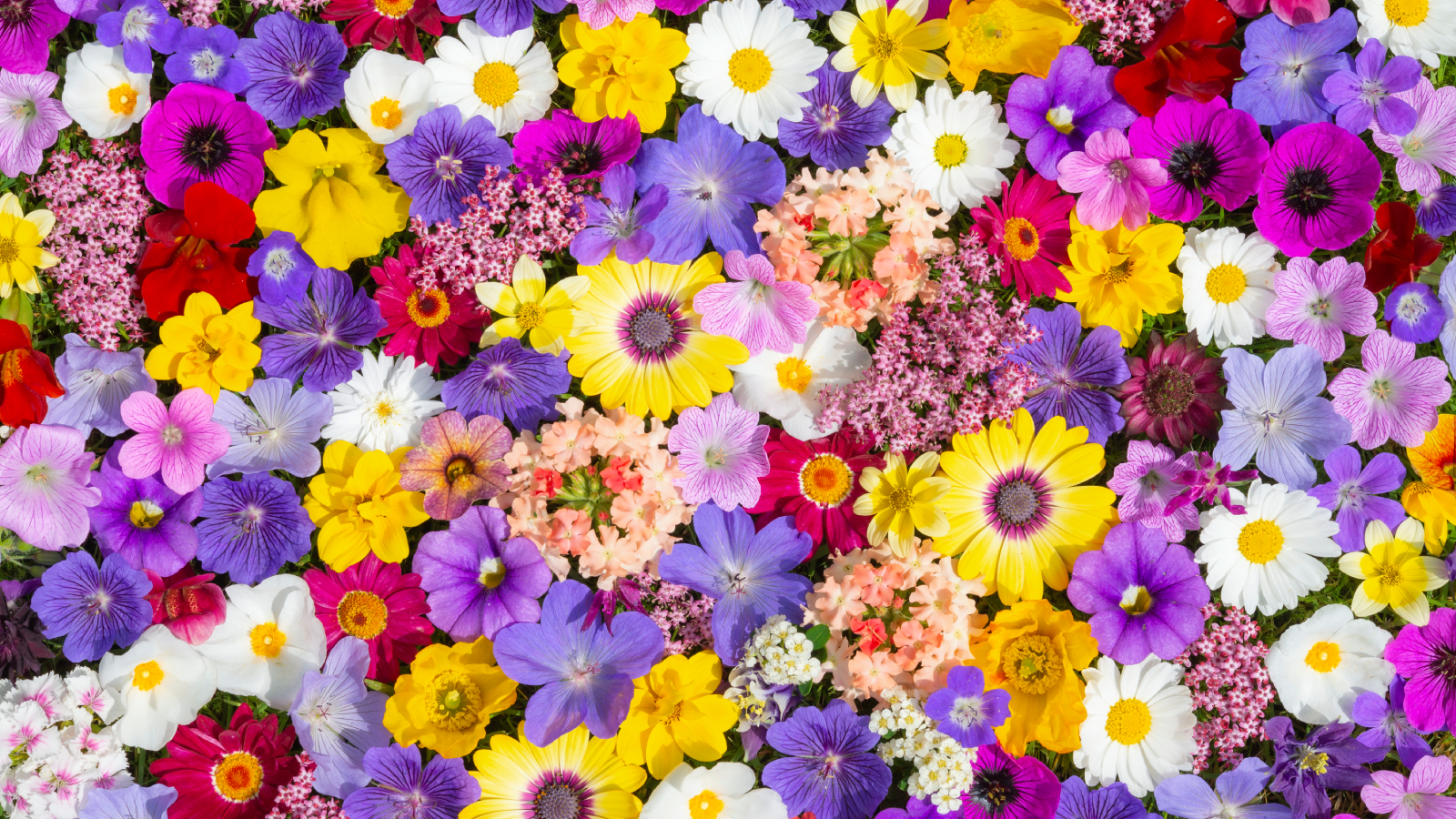
Most of the plants you grow in the garden are flowering plants, or angiosperms. Angiosperm is a large group of plants that produce flowers, which develop into fruits and seeds for reproduction. Scientists estimate that there are more the 400,000 types of flowers around the globe.
The variety of flower types is astounding. So how to we keep track of all these flower species? Botanists and other scientists are constantly working to classify and describe types of plants and flowers and organize them based on certain characteristics.
All of this work can also benefit people who have never stepped foot in a botany classroom! By learning about flowers and their types, you can better understand and grow the plants in your garden.
What Are Flowers?
Flowers are pretty for gardeners and a source of food for many pollinators. For the plants that grow them, a flower is a reproductive structure. It has several components for reproduction, including the pistil and stamen, the female and male parts. These are surrounded by the corolla, which is made up of petals.
Some plants grow flowers that contain both male and female reproductive components. Others have flowers with male or female components. Some flowers are large and showy, while others are small. The inflorescence, the arrangement of a flower or flowers on a stem, can vary a lot by plant type.
How Are Types Of Flower Species Organized?
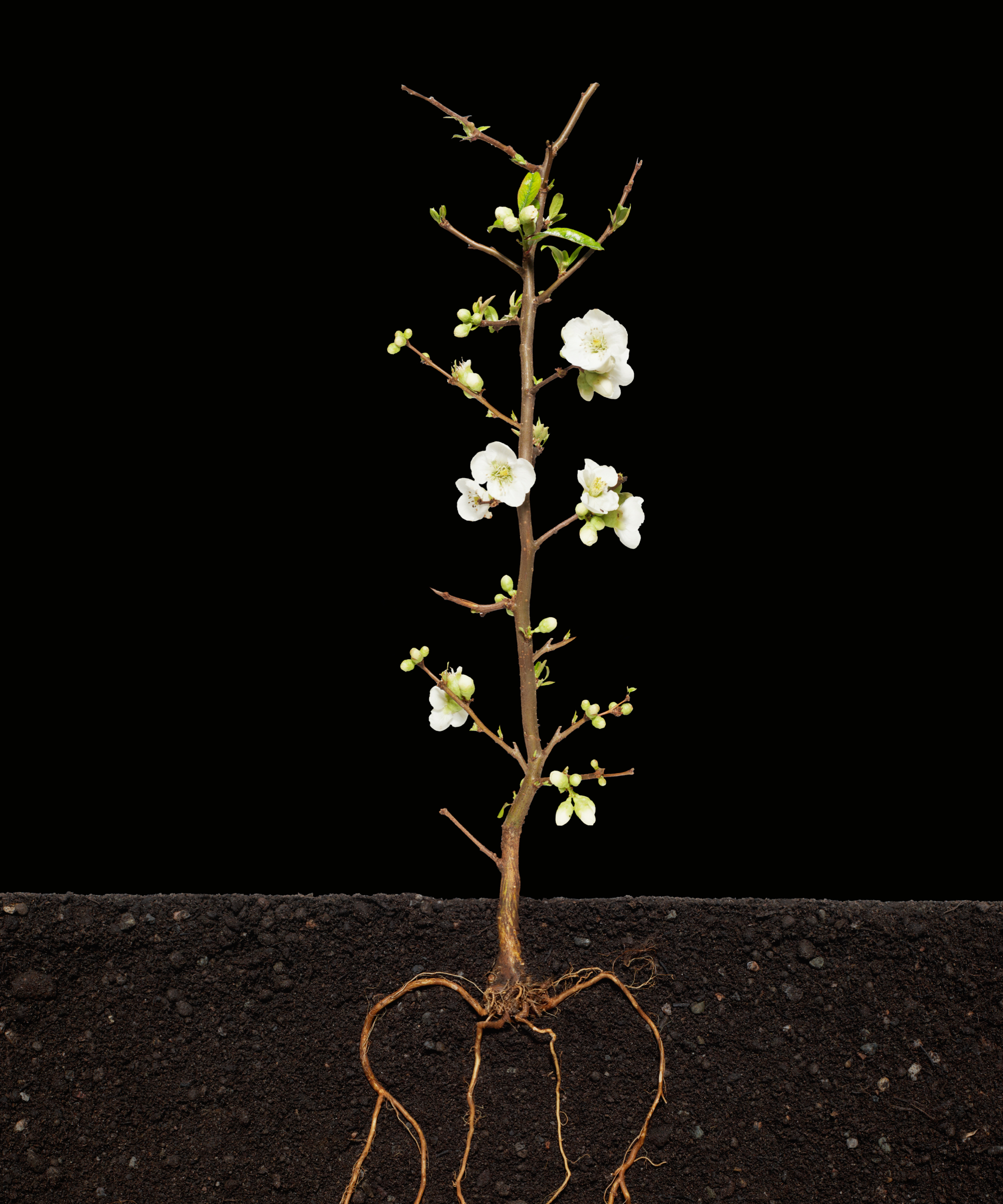
All flowering plants have roots, stems, leaves, and flowers, all of which are used to organize them. The flower is particularly important because it varies so much by species, making it a relatively easy way to identify types of flowering plants. There are several ways to distinguish between different types of flowers:
- Annuals and perennials – blooming one year only (annual plants) or returning to flower year after year (perennial plants).
- Perfect and imperfect – flowers with male and female reproductive parts, or just one
- Monoecious or dioecious – plants with male and female flowers on the same plant, or on different plants
- Inflorescence – an inflorescence is how the flowers are arranged on a stem
Types Of Flower Families
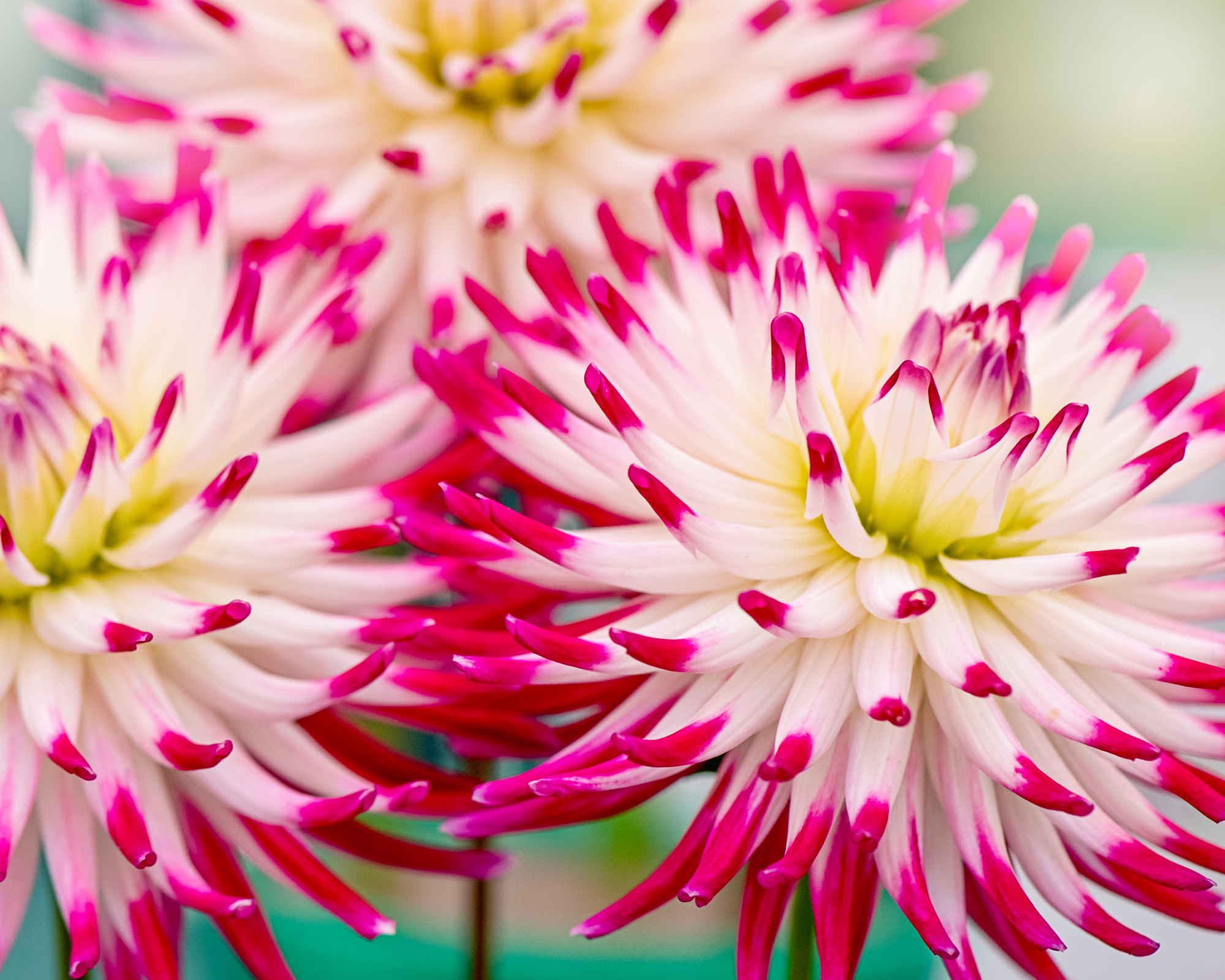
All organisms are organized into a taxonomy, or classification system. Flowering plants belong to the plant kingdom and the division known as Magnoliophyta, or angiosperms. The division is further divided into classes, orders, and families. It is within families that you find the familiar species in your garden.
Sign up for the Gardening Know How newsletter today and receive a free copy of our e-book "How to Grow Delicious Tomatoes".
These are some examples of different types of flowers by family to help you get a better understanding of what’s in your garden:
Asteraceae

Also known as the aster family, this group includes many garden favorites: coneflowers, chrysanthemums, sunflowers, daisies, and asters. This family is characterized by a cluster of many small flowers that look like a single flower surrounded by petals. A daisy is very characteristic.
Boraginaceae

The borage family includes herbs like borage but also forget-me-nots, comfrey, and lungwort. A common characteristic in these flowers is a pink color when young that turns blue or purple. The leaves are often hairy.
Brassicaceae
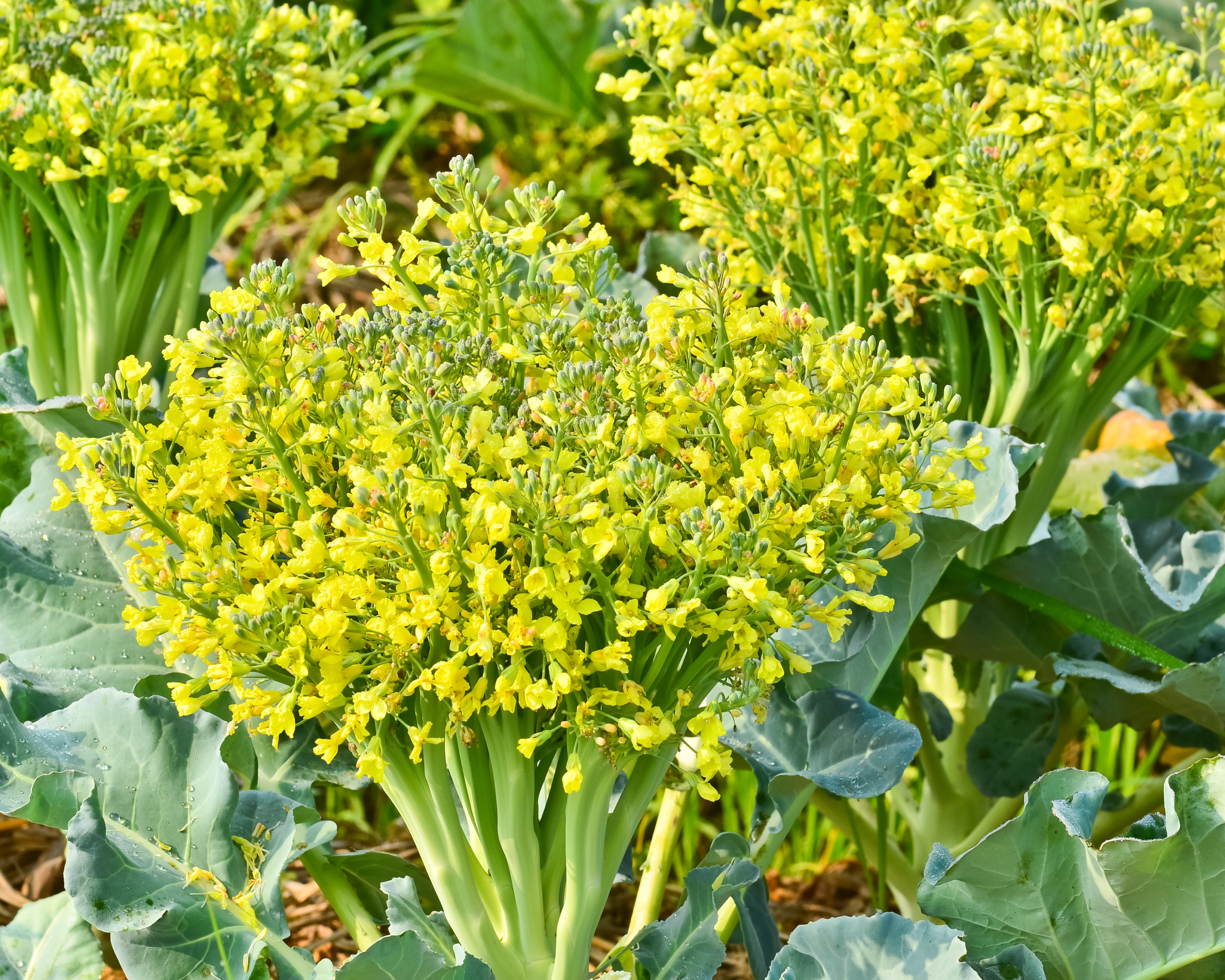
This family is important to most gardeners with vegetable beds. Brassicas include mustard, cabbage, broccoli, kale, turnip, arugula, radish, and watercress. The plants are herbaceous with non-showy flowers that grow on a raceme, a stalk with multiple flowers. Flowers have four petals.
Fabaceae
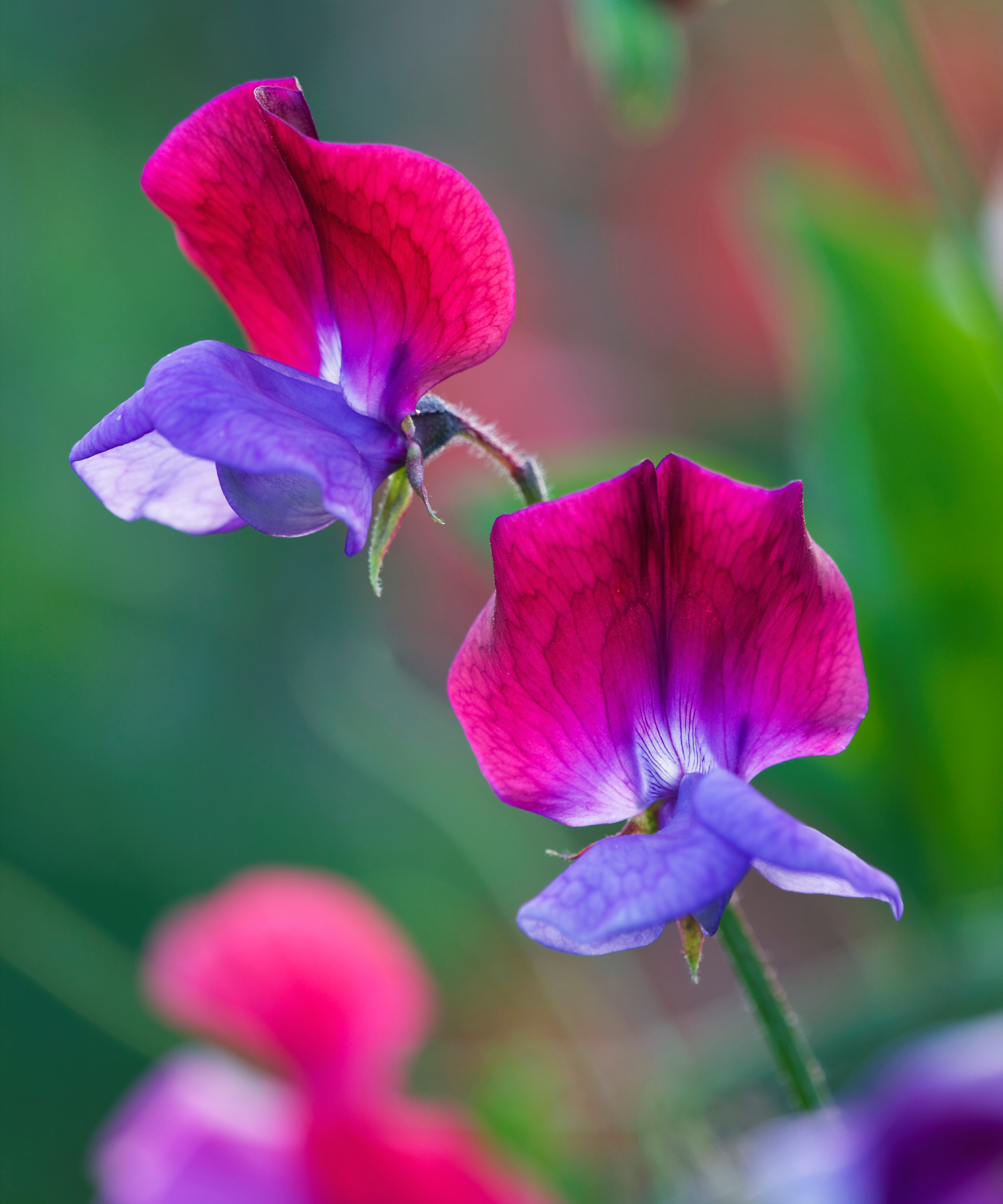
Also important in the vegetable garden is the bean or pea family. This includes beans, peas, peanuts, alfalfa, sweet pea, and clover. Plants in this family are legumes, meaning they fix nitrogen in the soil. They have ‘butterfly’ type corollas with five parts and perfect flowers.
Lamiaceae
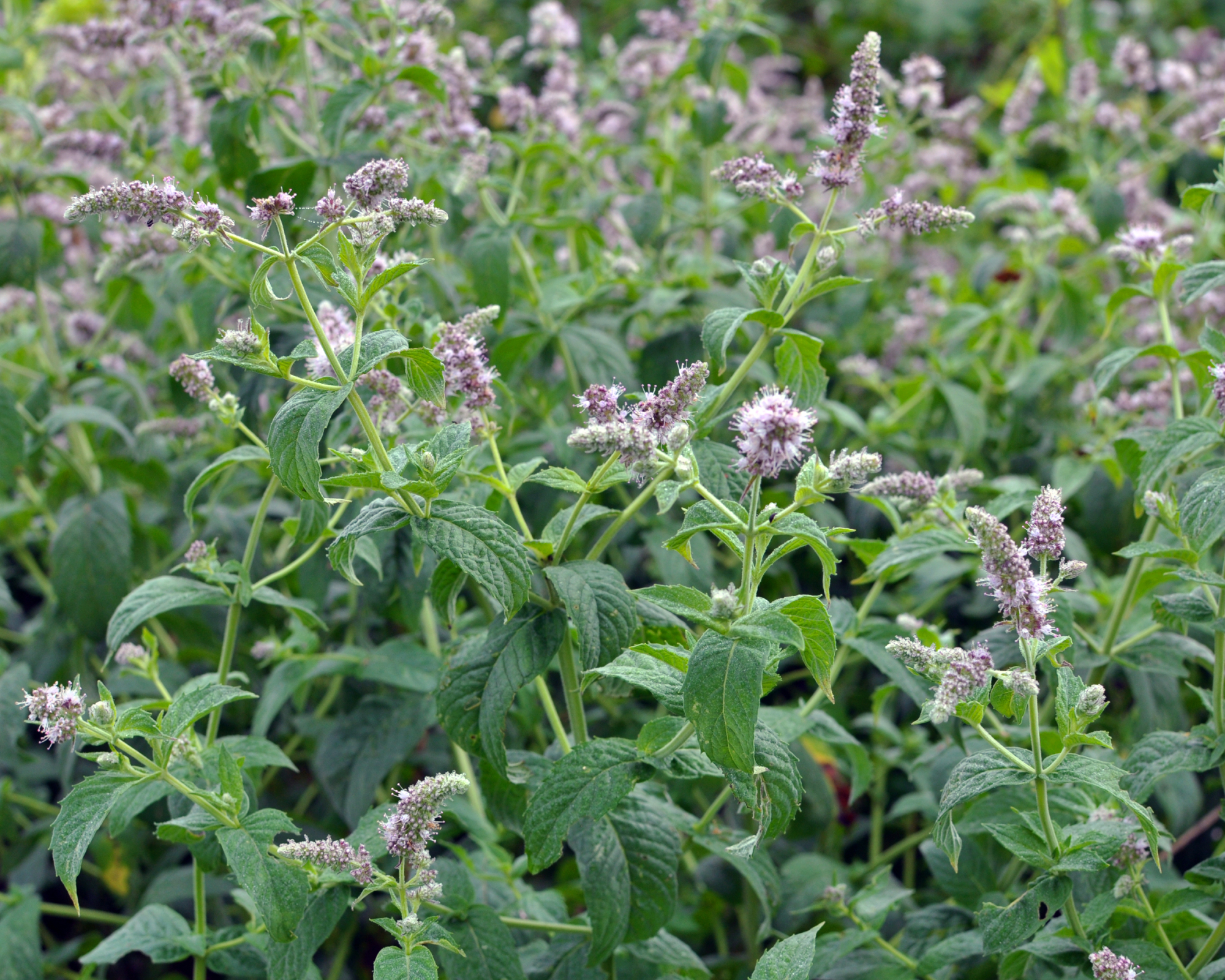
If you grow herbs, you probably have this family in your garden, which includes mint, basil, sage, thyme, and lavender, but also coleus. This is an herbaceous family with aromatic essential oils and flowers that grow in groups on leaf axils or terminal spikes.
Liliaceae
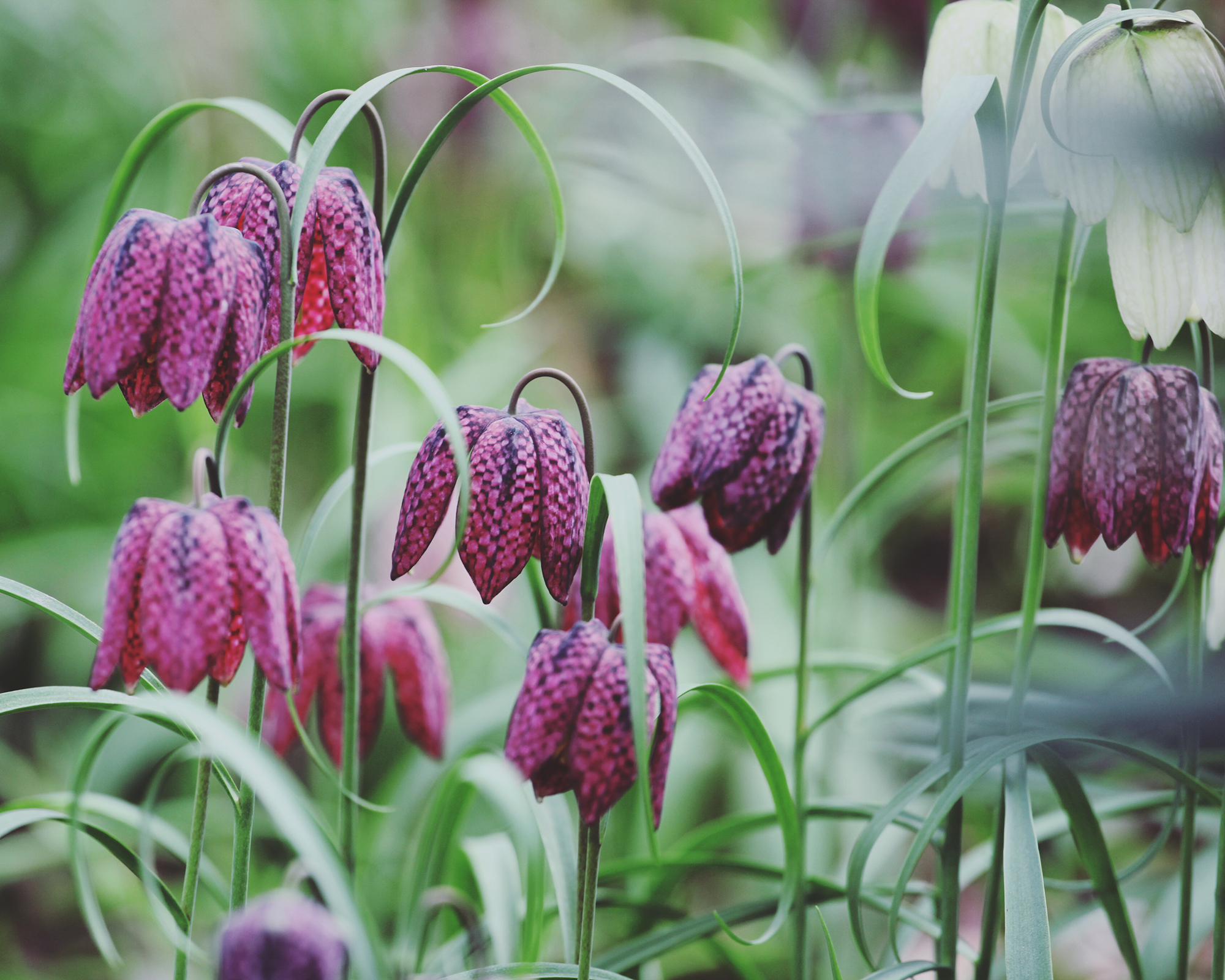
Several species previously included here have been moved to other families, but Liliaceae still contains true lilies, tulips, and fritillaria. They are perennials that grow from bulbs or rhizomes and with flowers that grow on a raceme or that are solitary. Flowers have six stamens.
Orchidaceae
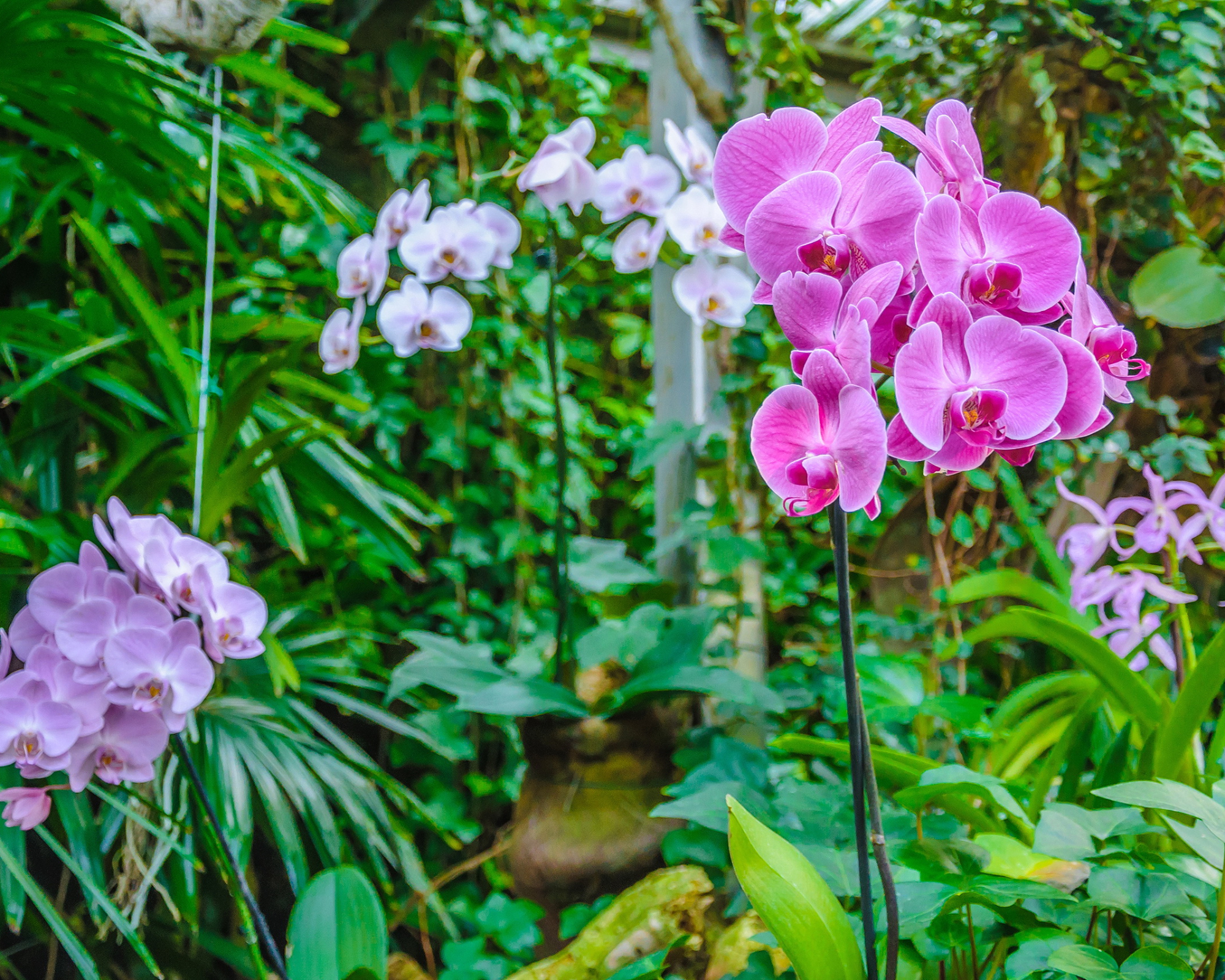
For many gardeners, this family is restricted to houseplants, but if you live in a warm climate, you may grow orchids outside. This family includes cattleya, dendrobium, moth, and other types of orchids. They flower on a raceme, a spike, or as a solitary bloom, have one stamen, and are symmetric only on one axis.
Plantaginaceae
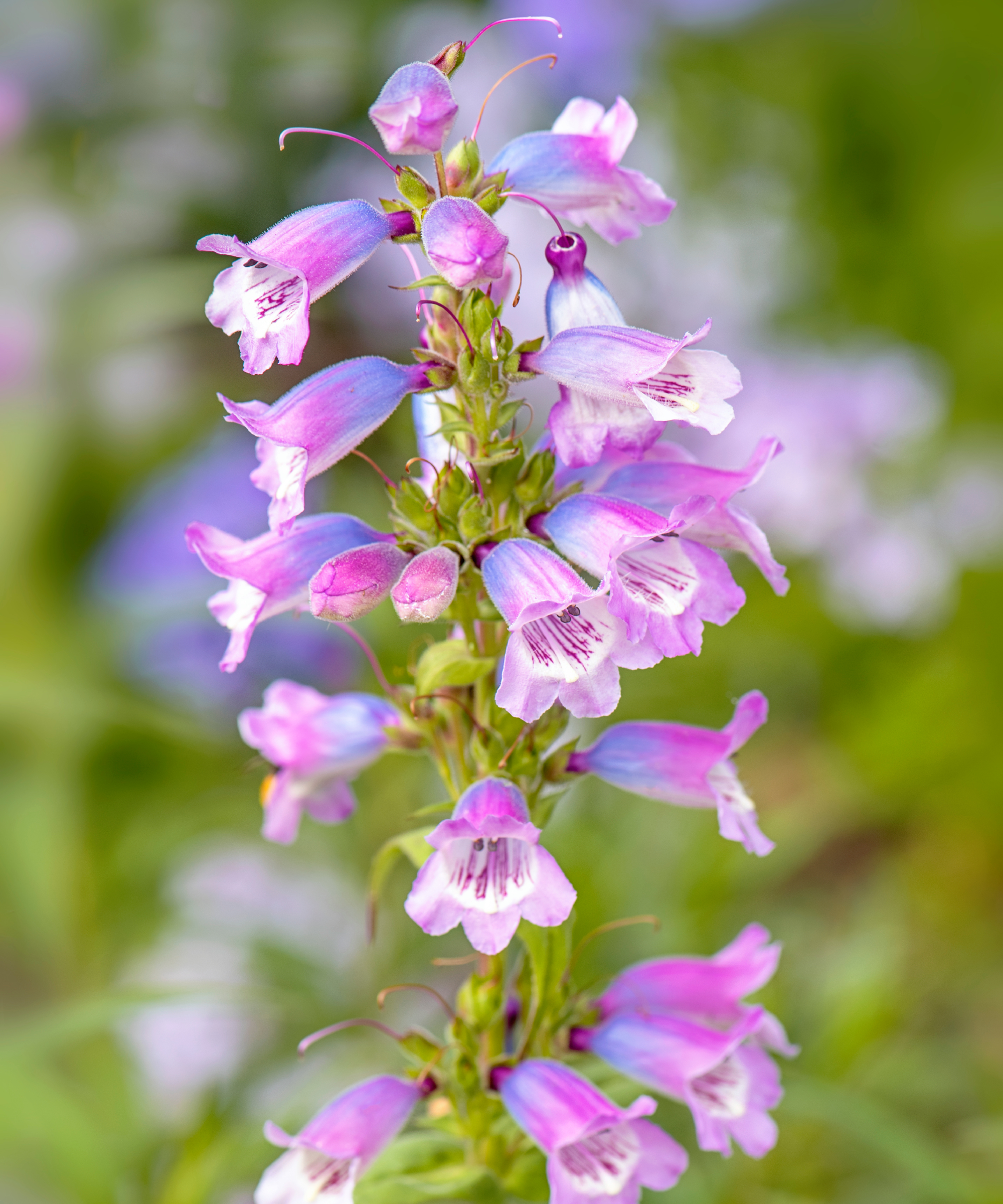
This herbaceous family includes snapdragons, speedwell, foxglove, and penstemon. The plants are usually hairy and fragrant, and the flowers are bilateral with four to five lobed petals.
Poaceae

The grass family has terminal spikes of small, non-showy flowers without petals or sepals. The inflorescences are often feathery. This family includes many garden favorites that you often don’t think of as flowering, like bamboo, fescue, bentgrass, and bluegrass. It also includes cereal grains, like rye, barley, wheat, and oats.
Rosaceae
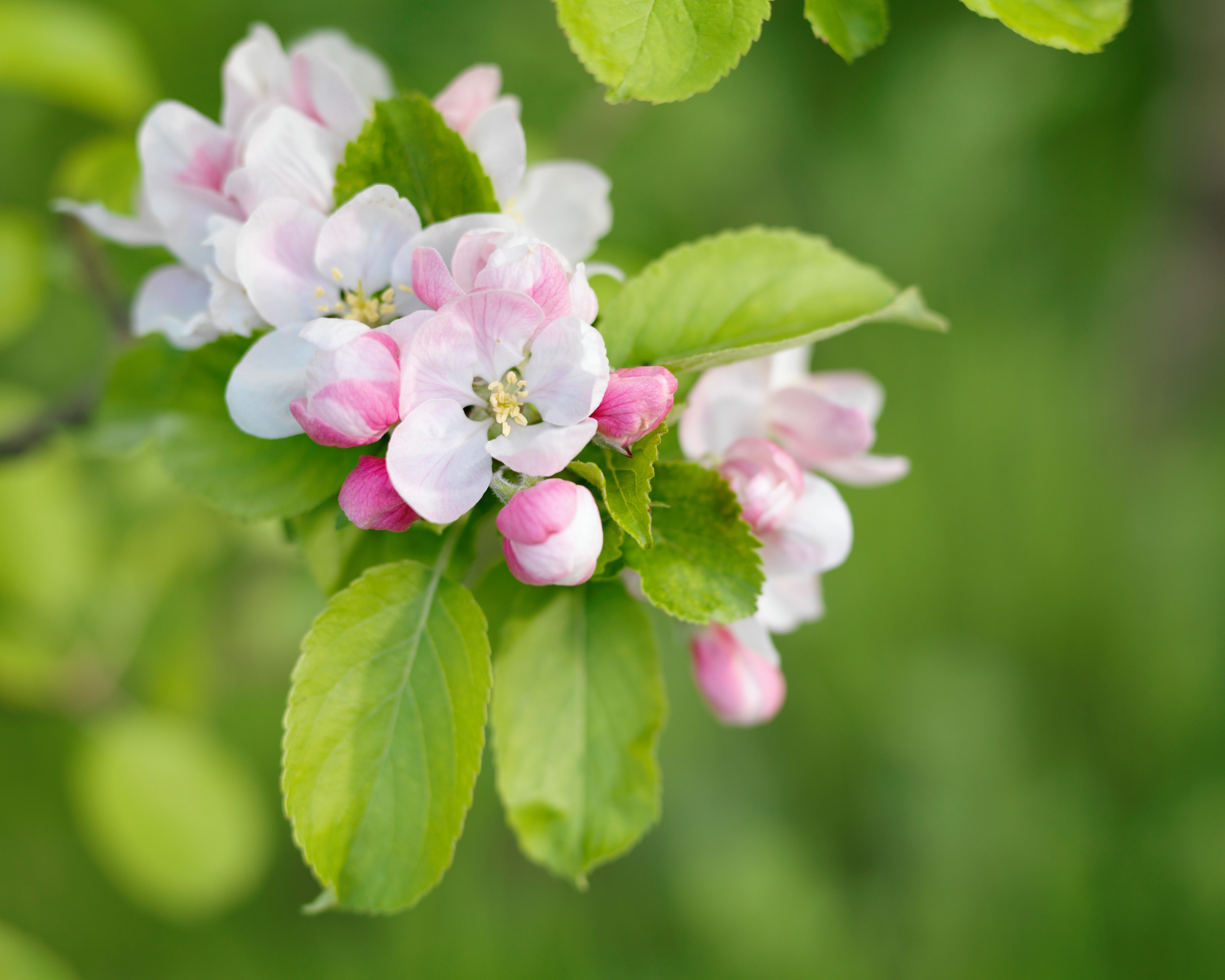
The rose family is popular with gardeners. Characteristics include perfect flowers, often with five petals. Many are woody shrubs or trees. Examples include roses, apples, pears, lady’s mantle, strawberries, and spiraea.
Why Is It Important To Know Different Flower Types?
Flower identification by family is a useful way to understand what you’re growing and what the plants in your garden need to thrive. Different types of flowers need varying amounts of sunlight and water. They have different soil and nutrient needs.
When you know your flower families, you can also better plant your garden, for instance, for pollination to prevent a monoculture, include native species, avoid invasive or poisonous garden plants, and choose plants that complement each other. Knowing your flower types and names will help you become a better gardener.

Mary Ellen Ellis has been gardening for over 20 years. With degrees in Chemistry and Biology, Mary Ellen's specialties are flowers, native plants, and herbs.
- Amy DraissDigital Community Manager